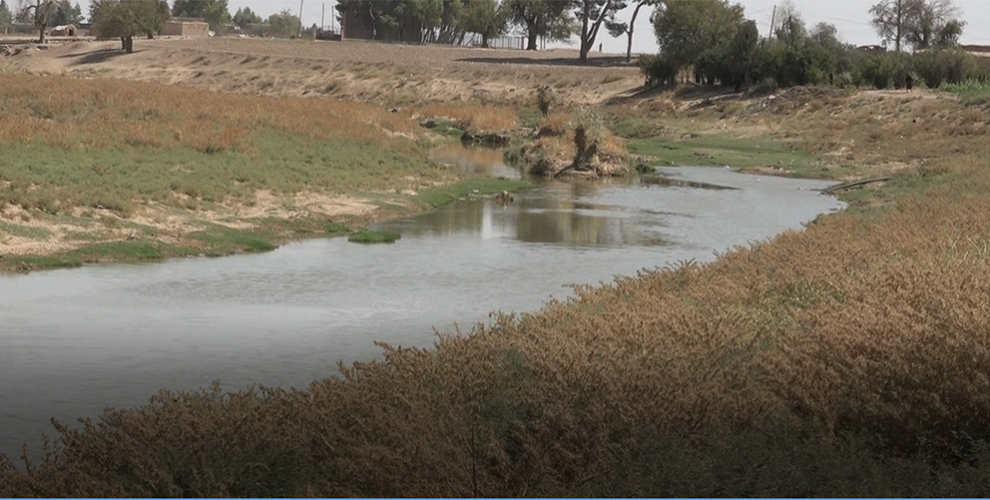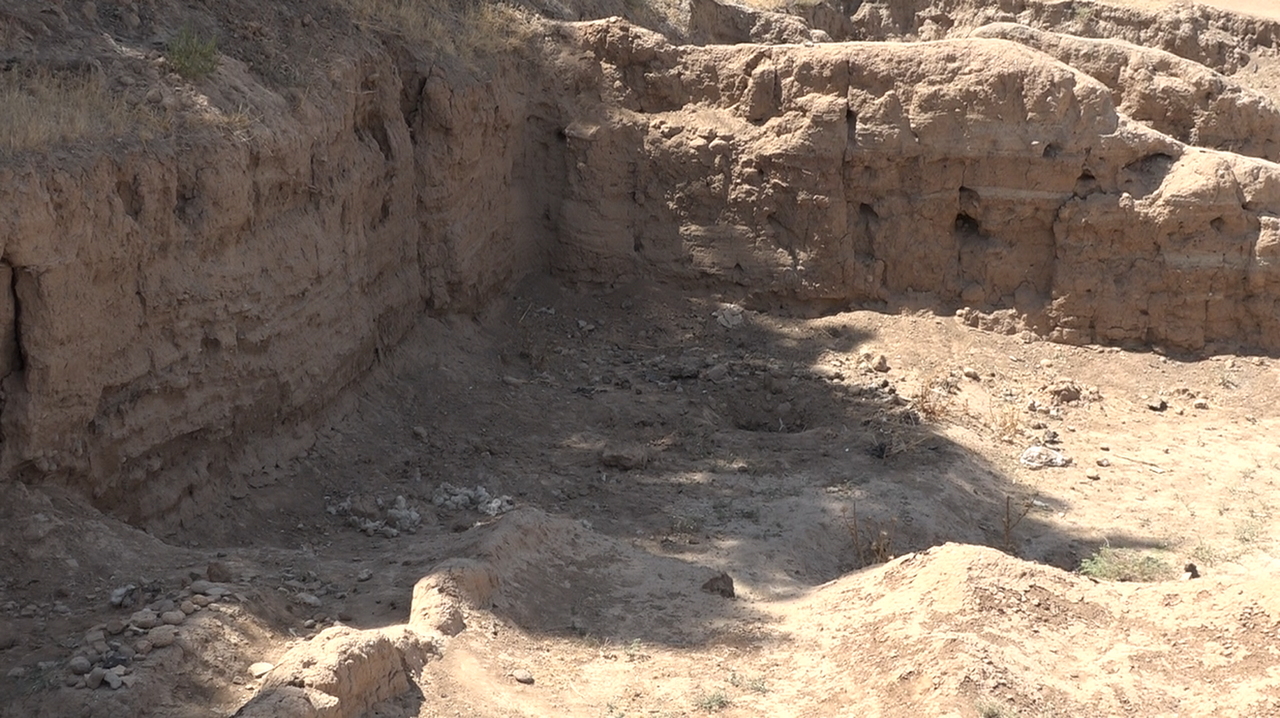Historic village in Cizire region waiting to be researched
The historic Skêr El-Ihêmer village and the mount, which have been identified as dating back to 8000 BC, can not be further studied due to the ongoing war.
The historic Skêr El-Ihêmer village and the mount, which have been identified as dating back to 8000 BC, can not be further studied due to the ongoing war.

There are numerous historic sites, mounds and places in the Cizire region, with villages dating back to several different historic eras. The Skêr El-Ihêmer is one of these historic villages. It is 47 km from Hesekê and 7 km from the Til Temir district, and the limited research that was able to be completed shows that the village dates back to the neolithic age.

A committee from the Tokio University has been conducting research in the mound in the village and said the region dates back to 8000 BC, making the Skêr El-Ihêmer the most ancient village in the Cizire region.
Hesekê Bureau of Conservation of Historic Sites administrator Sîpan Ismaîl said there are over 1200 historic mounds and villages in the Cizire region, but only 30 of these sites have been exhaustively researched. Ismail added that the Skêr El-Ihêmer village has been an imporant settlement throughout history due to its location by the Xabûr stream.

In his book “100 Historic Sites in Syria”, archaeologist Yûsif Kenco wrote that the Skêr El-Ihêmer village carries the culture of the Taurus Mountains.
A French committee first researched and recorded the historic mound and village in 1991. Hesekê Bureau of Conservation of Historic Sites administrator Rewshen Hec Elî said 30% of the village and mound have been researched adequately to date, but the studies can’t continue due to the ongoing war. Hec Elî said they are only able to strive to preserve the artifacts and the historic fabric.
